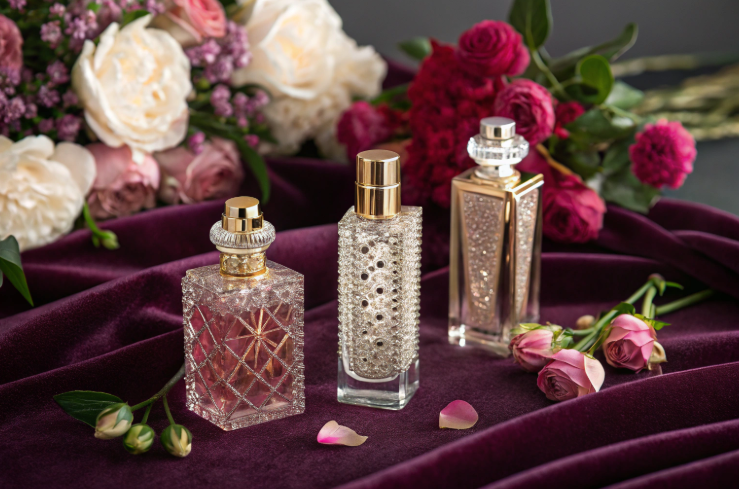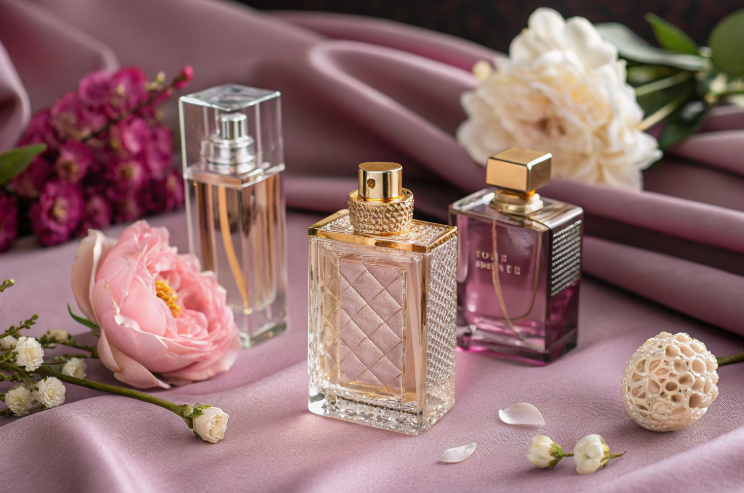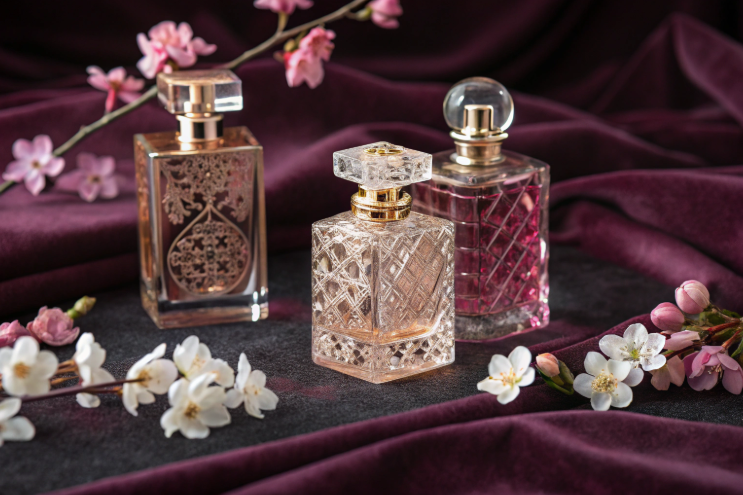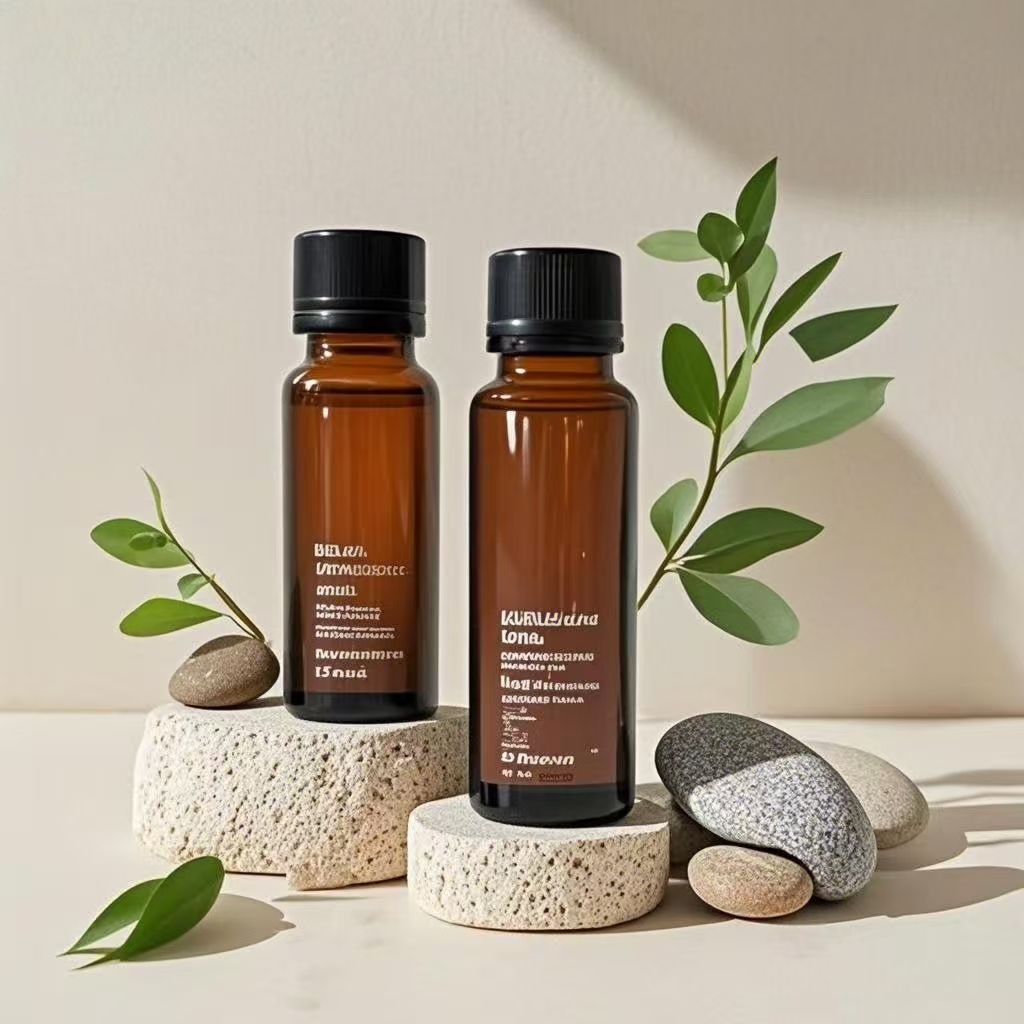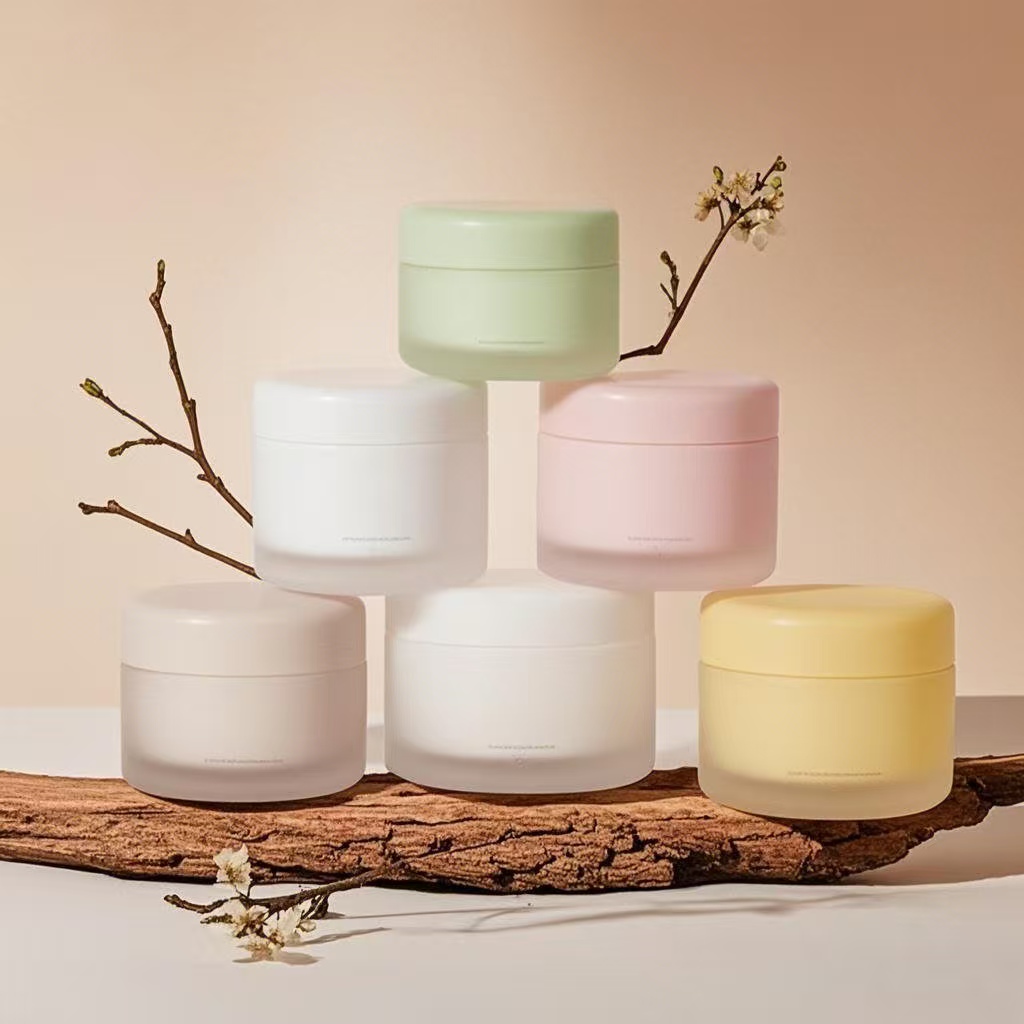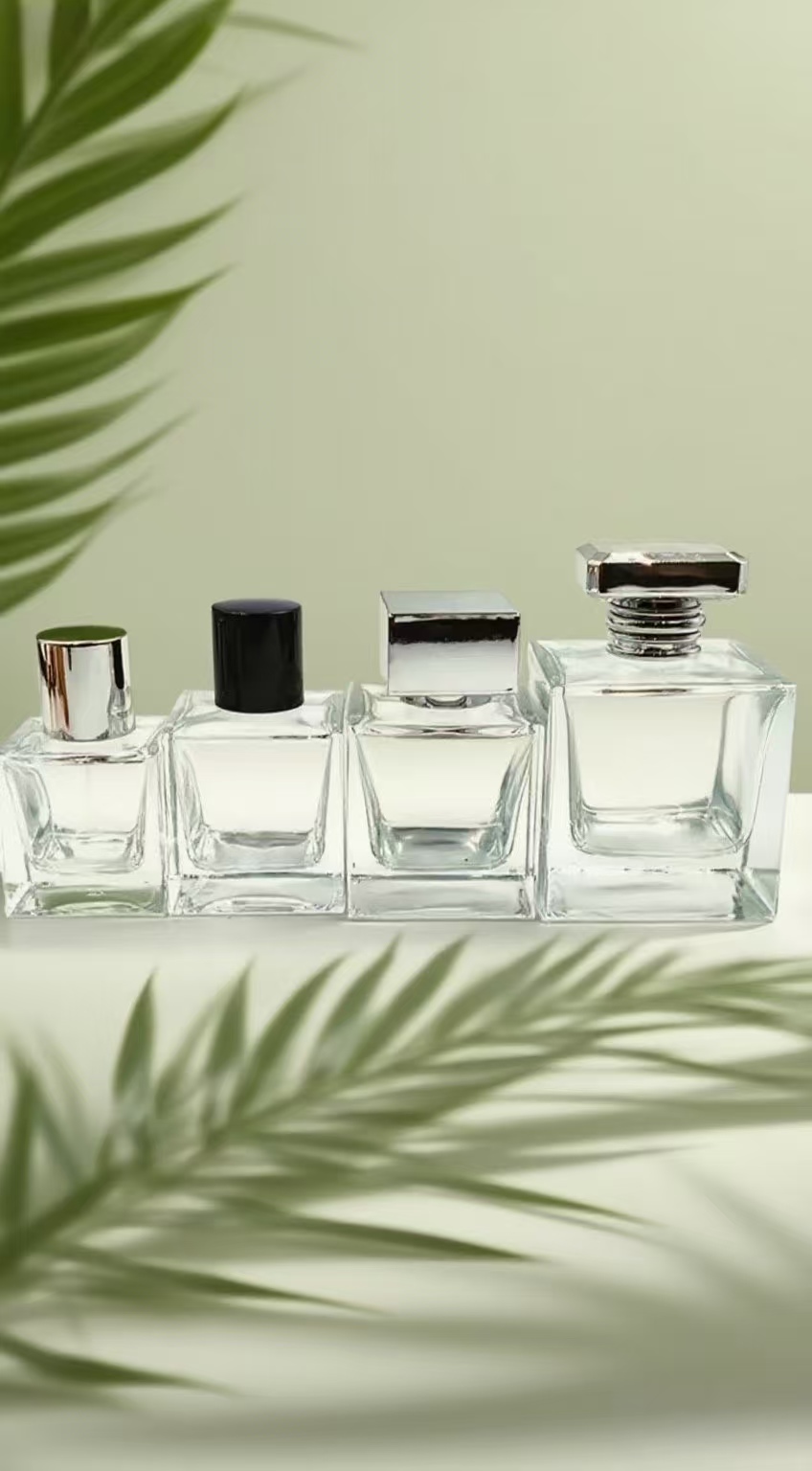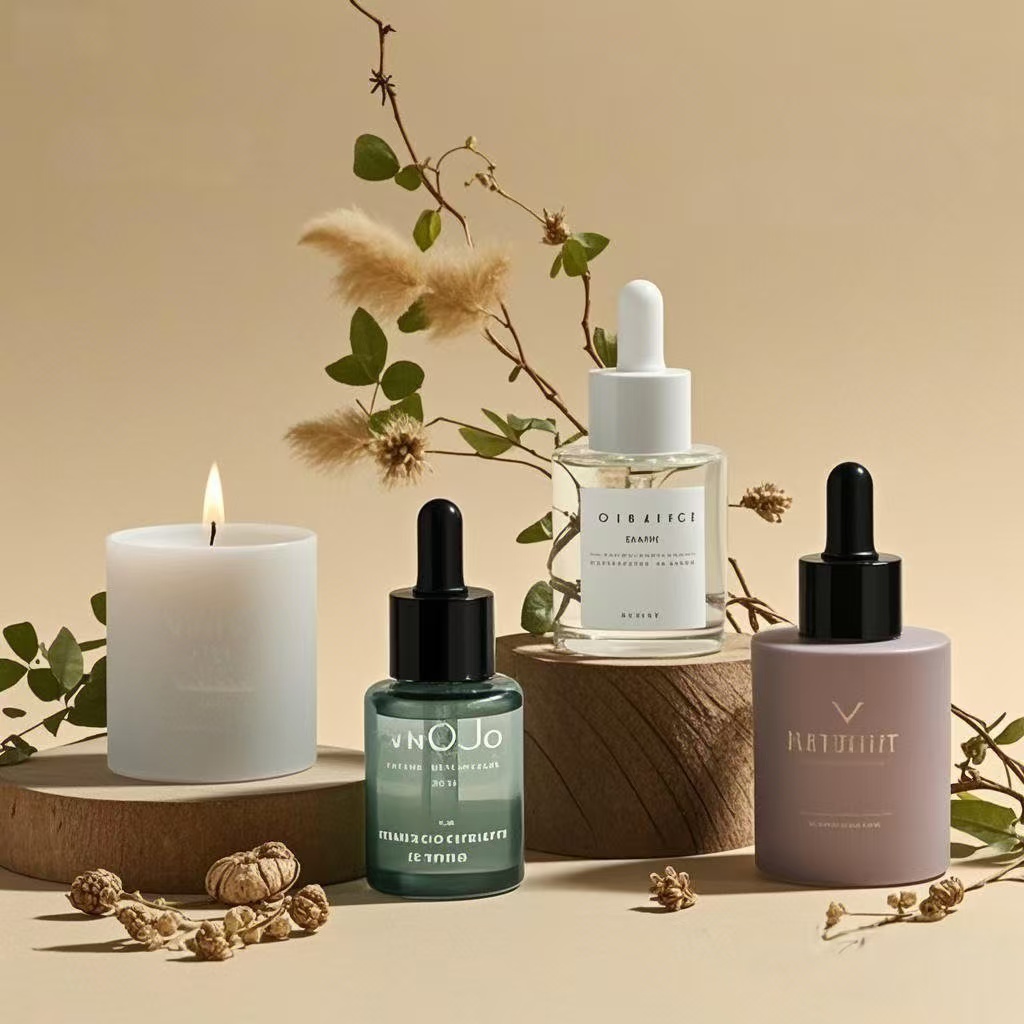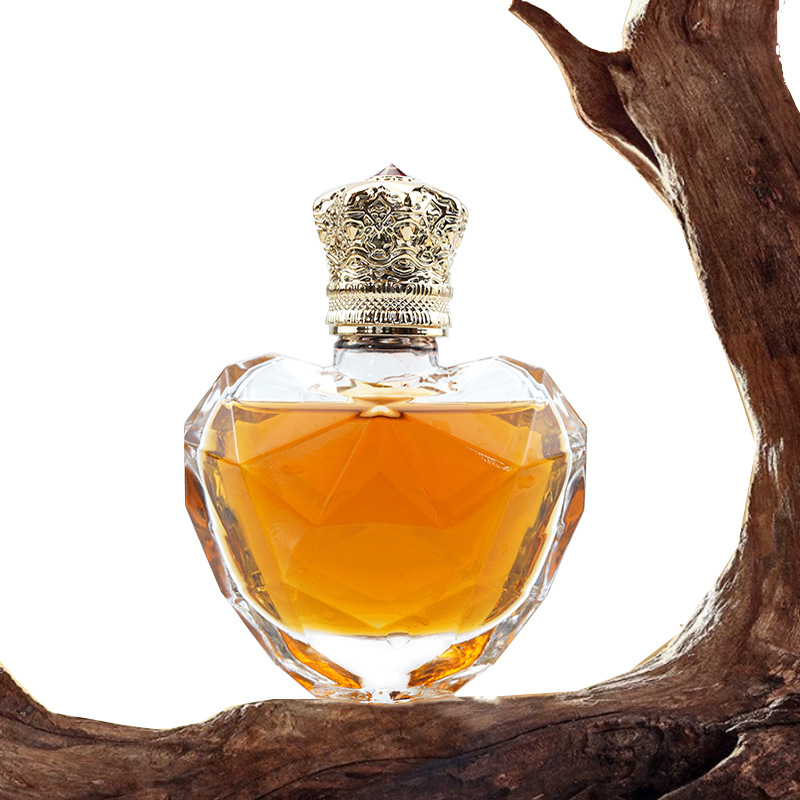In the luxury fragrance market, counterfeit perfumes are a growing problem that affects consumers and brands alike. Fake perfumes not only deliver disappointing scents but may also pose health risks. Knowing how to identify authentic perfumes is essential for anyone who values quality and safety. This article presents 14 effective ways to spot fake perfumes, emphasizing the importance of packaging quality and highlighting howwww.paupacking.comsupports brands with premium packaging solutions to protect authenticity.
Why Authentic Perfume Matters
Authentic perfumes are crafted with high-quality ingredients and expert techniques to create complex, long-lasting scents. Counterfeit perfumes often use cheap chemicals, resulting in flat, short-lived fragrances that can cause skin irritation. Buying genuine products ensures you get the intended fragrance experience and supports the fragrance industry’s integrity.
14 Ways to Spot Fake Perfume
| Method | Description |
|---|---|
| 1. Buy from Authorized Sellers | Purchase only from official brand stores, authorized retailers, or trusted websites. |
| 2. Research the Product | Familiarize yourself with the genuine perfume’s packaging, bottle design, and scent profile. |
| 3. Watch for Unrealistic Prices | Extremely low prices compared to retail often indicate counterfeit products. |
| 4. Check the Wrapping | Authentic perfumes have tight, flawless cellophane wrapping without loose edges or bubbles. |
| 5. Inspect the Box | Look for clear printing, no spelling mistakes, and high-quality materials on the box. |
| 6. Verify Barcode and Batch Codes | Genuine perfumes have matching batch codes on the box and bottle, verifiable online. |
| 7. Assess Packaging Quality | High-quality, sturdy packaging with precise construction is a hallmark of authentic perfumes. |
| 8. Examine the Bottle | Realperfume bottlesare made from quality glass, with smooth surfaces and well-fitting caps. |
| 9. Observe Perfume Color | Authentic perfumes have subtle, clear colors; overly bright or cloudy liquids are suspicious. |
| 10. Evaluate Fragrance Complexity | Genuine perfumes reveal evolving top, heart, and base notes; fakes smell flat and synthetic. |
| 11. Test Longevity and Sillage | True perfumes last longer and project better; counterfeit scents fade quickly. |
| 12. Review Ingredient List | Authentic perfumes use premium ingredients, while fakes rely on cheap synthetics. |
| 13. Note Scent Evolution | Genuine scents develop over time; fake perfumes lack this dynamic quality. |
| 14. Monitor Skin Reaction | Authentic perfumes rarely cause irritation; fake ones may cause redness or itching. |
Always purchase perfumes from official brand stores, authorized retailers, or the brand’s website. Avoid unknown online sellers or suspicious marketplaces where counterfeit products are common.
2. Research the Product
Before buying, study the perfume’s official packaging, bottle shape, size, and scent notes. This knowledge helps you spot inconsistencies in counterfeit versions.
3. Watch for Unrealistic Prices
If a luxury perfume is offered at a price significantly below the market rate, it is likely counterfeit. Genuine perfumes rarely have deep discounts, especially new or limited editions.
4. Check the Wrapping
Authentic perfumes are wrapped in tight, flawless cellophane that does not tear easily or have bubbles. Loose or poorly sealed wrapping is a red flag.
5. Inspect the Box
Look closely at the box for sharp printing, correct spelling, and consistent colors. Genuine packaging uses high-quality materials and precise printing.
6. Verify Barcode and Batch Codes
Check that the barcode and batch code on the box match those on the bottle. Many brands allow batch code verification online to confirm authenticity.
7. Assess Packaging Quality
Authentic perfumes come in sturdy, well-constructed packaging designed to protect the bottle. Cheap or flimsy packaging suggests a fake.
8. Examine the Bottle
Realperfume bottlesare made from thick, high-quality glass with smooth finishes. Caps fit perfectly and symmetrically. Counterfeit bottles often have rough edges or loose caps.
9. Observe Perfume Color
Authentic perfumes usually have subtle, clear colors. Brightly colored or cloudy liquids may indicate a counterfeit.
10. Evaluate Fragrance Complexity
True perfumes have complex scent profiles with evolving notes. Fake perfumes smell one-dimensional, overly chemical, or harsh.
11. Test Longevity and Sillage
Authentic perfumes last for hours and project well. Fakes often fade within an hour and have weak scent projection.
12. Review Ingredient List
Genuine perfumes list premium natural and synthetic ingredients. Fake perfumes often contain cheap, unlisted chemicals.
13. Note Scent Evolution
Real perfumes change over time on the skin, revealing different layers. Fakes lack this dynamic scent progression.
14. Monitor Skin Reaction
Authentic perfumes are dermatologically tested and rarely cause irritation. If you experience redness or itching, the perfume may be counterfeit.
The Importance of Packaging in Authenticity
Packaging is a key factor in perfume authentication. High-quality packaging protects the fragrance and signals brand integrity.www.paupacking.comspecializes in premium customperfume bottlesand packaging that combine aesthetic appeal with advanced security features. Their solutions help brands prevent counterfeiting and provide consumers with confidence in their purchase.
PauPacking Packaging Advantages
-
Premium materials including high-quality glass and eco-friendly components
-
Customizable designs tailored to brand identity
-
Integrated security features like tamper-evident seals and batch code labeling
-
End-to-end service from design to delivery ensuring quality and consistency
Comparison of Authentic vs. Fake Perfume Packaging
| Feature | Authentic Perfume Packaging | Fake Perfume Packaging |
|---|---|---|
| Material Quality | High-quality glass and sturdy boxes | Cheap plastic or thin cardboard |
| Printing and Fonts | Crisp, clear, and consistent | Blurry, misaligned, or inconsistent |
| Barcode and Batch Code | Present, matching, and verifiable | Missing, mismatched, or fake |
| Wrapping | Tight, flawless cellophane | Loose, wrinkled, or poorly sealed |
| Cap Fit | Symmetrical, snug, and precise | Loose, uneven, or ill-fitting |
| Branding Details | Accurate logo and correct spelling | Errors in logo, spelling, or layout |
| Security Features | Tamper-evident seals, holograms, batch codes | Often absent or easily replicated |
Risks of Using Fake Perfume
Fake perfumes may contain harmful chemicals that cause skin irritation, allergic reactions, or respiratory problems. They also fail to deliver the expected fragrance experience, wasting money and damaging brand reputation.
Tips for Safe Perfume Purchases
-
Always buy from authorized sellers or official websites
-
Keep receipts and original packaging for verification
-
Be cautious of prices that seem too good to be true
-
Learn about the authentic product details before buying
-
Report suspected counterfeit products to brands or authorities
Conclusion
Spotting fake perfume requires attention to detail and awareness of common counterfeit signs. By following these 14 methods, you can confidently identify authentic fragrances and avoid counterfeit products. Packaging quality plays a crucial role in authentication, and companies likewww.paupacking.comprovide top-tier packaging solutions that help brands safeguard their products and consumers enjoy genuine luxury. Choose wisely, protect your health, and experience the true art of perfumery.




